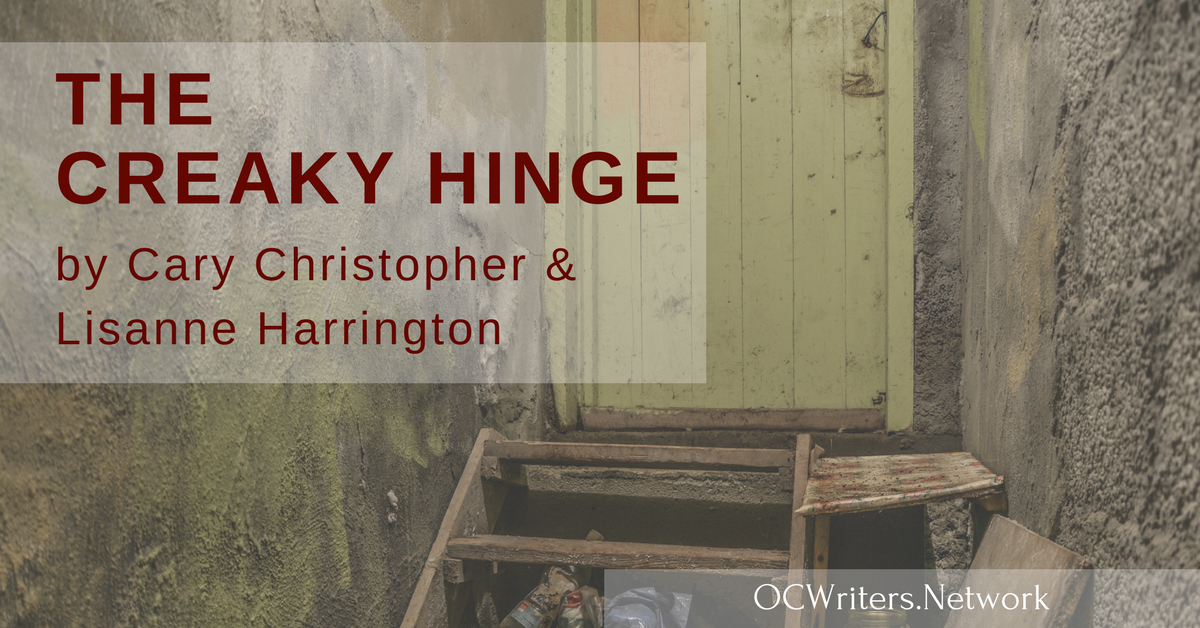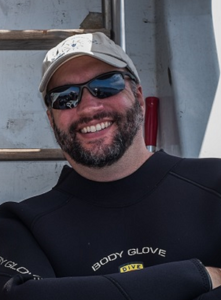by Cary Christopher and Lisanne Harrington
Today we continue our perspective on Bram Stoker’s Dracula, with a focus on how the age and culture in which it was produced affected the movie adaptation. Because sometimes setting isn’t just about where your story takes place, it’s also about where and when it’s read (or viewed).
For those who haven’t actually read this iconic masterpiece (shame on you!), or read it long ago, here is a brief summary: When solicitor Jonathan Harker travels to Transylvania to meet with Count Dracula, Harker is held captive, but escapes when Dracula heads to London. The Count terrorizes socialite Lucy, who falls ill. Her doctor calls Van Helsing for help, but Lucy dies and turns into a vampire. Van Helsing, aided by Lucy’s three suitors and Harker, set out to destroy the monster. In the meantime, Dracula begins turning Mina Murray, Harker’s fiancée, but is forced to flee before she turns completely. The heroes track down the Count and destroy him, Mina is saved, and everyone lives happily ever after.
Now let’s turn to the next film based on this story.
The Horror of Dracula – Hammer (1958)
A little over twenty years after the first Universal picture in 1931, Hammer Films revisited Dracula, filming it in color so the vividness of all that red blood could jump off the screen. However, times had also changed. Television was pulling people away from theaters, so there had to be more than just the promise of color to lure patrons in: playing up the sex angle by casting Christopher Lee as the dashing Count and surrounding him with buxom victims, and amping up the action.
The film starts with Harker going to meet Dracula in his castle, but right off the bat we find out that he’s wise to Dracula’s plans. In fact, he and Van Helsing have gone there to destroy him. The screenwriters focus on the battle of wits between Van Helsing and Dracula. Once discovered, he becomes feral and brutal, his eyes blood red, almost nodding back to what Stoker originally intended.
Victims pile up and in the climactic scene, Van Helsing (Peter Cushing) fights the vampire in a thrilling hand to hand showdown. While it works beautifully, this is nothing like the novel, playing instead like a gothic action film. The movie still manages to capture a mood similar to the novel’s, thanks to the excellent sets and costuming. This is a great example of screenwriters adapting an older work for a younger audience.
Dracula (1979)
Another twenty years, and Hollywood decides to look at Stoker’s work again, playing up the sexual attraction part even more than before. After all, it was the 1970’s!
Frank Langella plays the title role and boy did the screenwriters really play with the plot in this one. The film is set entirely in London and never even goes to Transyvlania. Mina is the first victim and falls to the Count while her betrothed (Jonathan) is secretly meeting up with Lucy. Mina’s father is summoned, and guess what? He turns out to be Van Helsing, who ends up killing Mina with a stake once she comes back as a vampire. Lucy falls under Dracula’s spell and he makes her his bride. They plot to go back to Transylvania but Jonathan and Van Helsing get to their ship before it departs. An epic battle ensues. Van Helsing is killed but Jonathan manages to drag the Count into the sunlight, where he burns to death. Lucy is saved.
Other than the characters themselves, it’s nothing like the novel. The goal was to make a sexy, Victorian-era vampire film. When looked at through the prism of its time, however, it’s not a horrible adaptation. It reflects the vibe of other movies of the same era.
Ultimately, that’s what we’re trying to point out here. As each era evolved, the adaptation of Stoker’s novel evolved with it. That doesn’t necessarily mean each one ages particularly well, but at the time each was written, it was successful, and that was the studio’s goal. Dracula (1979) spoke to audiences of its time even if it doesn’t do so well now.
Bram Stoker’s Dracula (1992)
It’s fitting that we stop with Francis Ford Coppola’s 1992 adaptation. He was a huge fan of the novel and committed to making his film as close to Stoker’s vision as he could. With the exception of Dracula as a dashing, sexy nobleman, Coppola follows all of the major plot points. Even the epic chase through the Carpathian Mountains makes it to the final cut. The biggest differences between the book and this film are that the Count falls in love with Mina and he’s exposed as Vlad the Impaler, a Transylvanian warrior/prince who gave up his humanity after losing his true love. The Vlad Tepes angle is something hinted at in Stoker’s novel but never overtly stated. The sets and costumes are extravagant, and while Stoker probably wouldn’t recognize his Count, he probably would have been pretty happy with the outcome.
So how does Coppola’s Dracula speak to the audiences of 1992?
Coppola championed a script that reflected his love of the book. The caveat that brought investors to him was the romance angle. Piquing the interest several of the biggest stars of the time—Anthony Hopkins, Gary Oldman, Wynonna Rider, Keanu Reeves, Cary Elwes and even Tom Waits playing Renfield—didn’t hurt, either!
Chances are, if you’re adapting a classic work for the big screen, you won’t have the luxury of an Academy Award-winning director already in your corner telling you to stay true to the source material. So take a look at the world around you and make subtle (or not-so-subtle) changes in order to help it translate to the screen.
And who knows? Maybe a hundred and twenty years later, someone will do an historical perspective on one of your novels and all its screen adaptations.
***
Cary Christopher was born and raised in Florida and Georgia but has called Southern California home now for almost 20 years. He’s written extensively about music, movies and pop culture online and for various publications around SoCal. Now he primarily writes for his blog (www.carychristopher.com). His new novel The Wash is available on Amazon.
Link to my Amazon Authors Page: https://www.amazon.com/Cary-Christopher/e/B076FD8MJ3
 After sixteen years as a paralegal, I staged a coup and left the straight-laced corporate world behind forever. I now pander to my muse, a sarcastic little so-and-so who delights in getting the voices in my head to either all speak at once in a cacophony of noise or to remain completely silent. Only copious amounts of Diet Cherry Dr. Peppers and hamburgers will ensure their complicity in filling my head with stories of serial killers, werewolves, and the things that live under your bed.
After sixteen years as a paralegal, I staged a coup and left the straight-laced corporate world behind forever. I now pander to my muse, a sarcastic little so-and-so who delights in getting the voices in my head to either all speak at once in a cacophony of noise or to remain completely silent. Only copious amounts of Diet Cherry Dr. Peppers and hamburgers will ensure their complicity in filling my head with stories of serial killers, werewolves, and the things that live under your bed.
I live in SoCal, in the small town I fashioned Moonspell’s Wolf Creek after, with my beloved husband and persistently rowdy, always-has-to-have-the-last-word Miniature Pinscher, Fiona.
*O.C. Writers is a participant in the Amazon Services LLC Associates Program, an affiliate advertising program designed to provide a means for us to earn fees by linking to Amazon.com and affiliated sites. By clicking on the book links anywhere on this site, we earn a small commission from your purchase.






